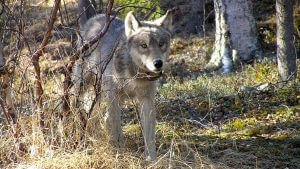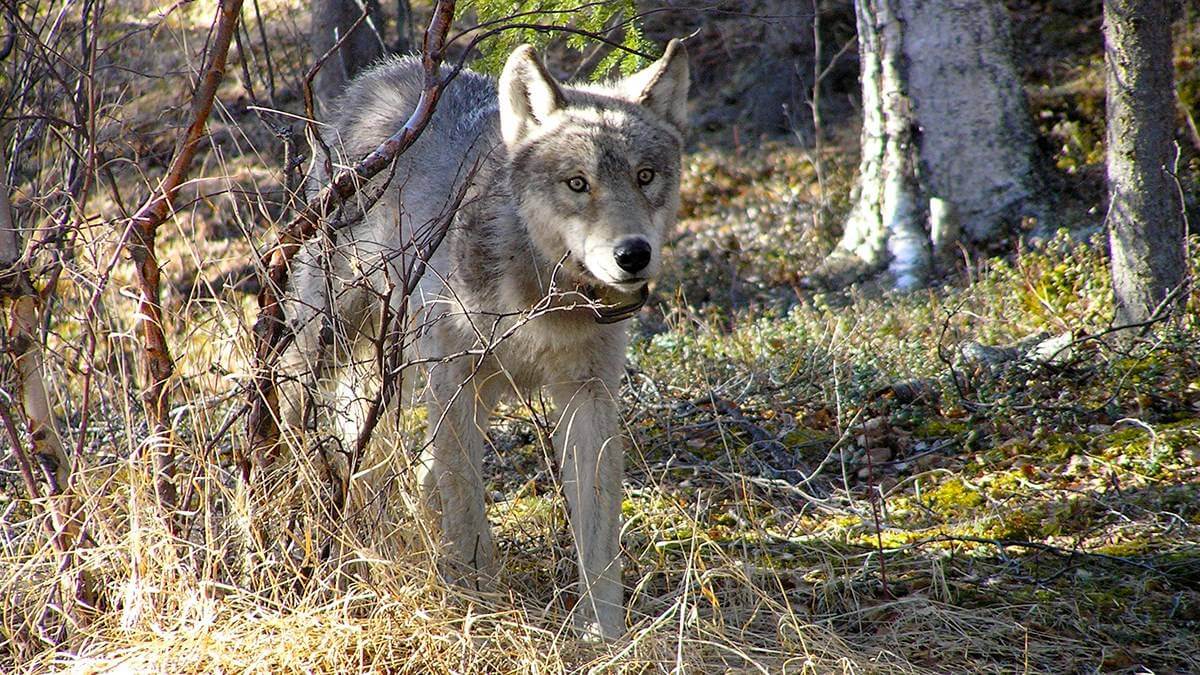
Worry of Hunters actually reporting finally hitting home on Prince of Wales Island. Alaskas National Parks are also in need of our Proposed “Sacred Resource Protection Zone”
A controversial hunting increase for an island-locked population of wolves — once feared endangered — has been shot down.
A federal board refused a 10 percent increase to subsistence hunting of a population of wolves on the nation’s fourth-largest island, Prince of Wales, at a meeting in April. Numbers of wolves there had dipped to just 89 in 2014, but had recovered to 231 animals as of 2016, though an exact number is hard to pin down because of the island’s dense forests and remote location.
The increase would have benefited subsistence deer hunters on the island, some of whom had blamed the increase in wolf numbers for a difficulty in harvesting important food sources. Others had blamed hunters from outside for an increase in competition for deer. But there was a growing consensus on the island: wolf populations are now too high, and as numbers increase, so too should opportunities for hunters and trappers.
“Close to 4,000 bucks have been taken a year, and I think we’re starting to see the strain of exactly that. Because we see an increasing population of wolf, for one, and we have an increase in hunter effort. Non-rural hunters have increased,” Michael A. Douville told the Empire last year.
The state’s 10 regional councils forward proposals to the board, which is tasked with passing or declining the changes to subsistence hunting regulations. Southeast’s council favored the hunting increase, passing it to the federal board with a 9-2 vote last fall.
It would have raised wolf hunting limits on the island from 20 to 30 percentof pre-season population estimates. The decision not to increase harvest levels came at a Federal Substance Board meeting in Anchorage.
Wolf numbers on the island were so low that environmental groups had lobbied for protection from the Endangered Species Act, arguing that Prince of Wales wolves are genetically-distinct and could die out. That effort, the second such push to protect the wolves, was shot down in 2016 after the U.S. Fish and Wildlife Service determined the wolves were not genetically distinct from other wolves.
Federal subsistence regulations are sometimes more liberal than state fish and game regulations. The idea is to allow rural Alaskans more access to hunting and fishing than those with the option of going to the grocery store. But the Federal Subsistence Board doesn’t increase bag limits or hunting seasons for rural residents beyond state regulations without a good reason. Generally, they try to keep the two sets of rules in line.
Some who had voted against the proposal cited testimony from the U.S. Forest Service’s Wayne Owen, who said that an increase in harvest levels may lead to concerns for wolf conservation. Harvest levels had been set higher in years past and could have been a factor in previous declines in wolf numbers.
“Increasing the harvest quota back to 30 percent is likely to create a conservation concern for wolves in Unit 2 based on past population declines,” Owen said.
Owen also said it would also be difficult to manage different rules on federal and state land. The proposal would only increase the available harvest on federal land, and Prince of Wales’ patchwork of state and federal land means it would be difficult for wildlife managers to regulate the hunt.
But the Southeast Regional Advisory Council’s Don Hernandez said the group planned to pursue an increase in state hunting levels as well, bringing the two sets of rules in line.
The Alaska Department of Fish and Game opposed the proposal. But even so, ADFG’s Regional Supervisor Ryan Scott, speaking at the meeting, said that the current way of doing things is not working. Wolf population sizes are hard to pin down and come at a year-long lag, so any harvest level based on a percentage of those estimates will be imperfect.
Additionally, reports of a wolf kill do not get to ADFG until a hunter properly tags and “seals” their kill, which regulations require only 14 days from the time of the kill. Keeping track of the number of wolves in-season, therefore, becomes tough. Sometimes, the department overshoots its percentage.
“It’s not that I don’t think anybody ever intends to exceed 20 percent of the estimated harvest, or 30 percent of the estimated harvest, it’s a function of trying to manage for a trapping season where you’ve got just a lot of factors contributing to everything that’s happening,” Scott said.
ADFG hopes to come up with a new plan to submit to the Alaska Board of Game, Scott said.

Comments
People, please stop this slaughter.
Wolves are essential to our ecosystem and killing them is down right inhuman.
The “joy of killing” is a human-only feeling.
Killing for survival is necessary but for fun or for some sick and twisted thought that we are the “superior” life form is just stupid and sadistic.
We are NOT the superior life form… When a human kills for fun and their sick pleasure, they have shown that they are the lowest type of life on Earth.
And they cowardly drag the rest of us down.